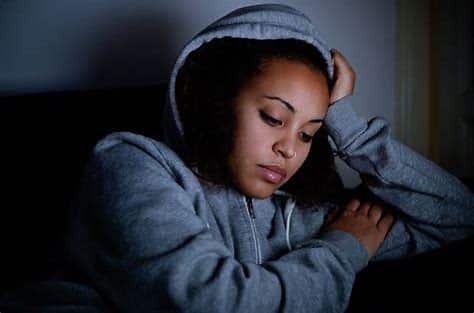
In assessing panic disorder in adults versus children, one important distinction should be made: depression is typically the child version of adult depression. Depressed adolescents are at greater risk for suicide ideation than adult depression patients. The difference between the rates of depression in children and adolescents is likely to be accounted for by the under-diagnosis of depression in children and adolescents. Children often receive a classic “out-of-the-box” depressive diagnosis, such as bipolar disorder, pediatric depression, or pediatric bipolar disorder. These types of clinical depression are not indicative of true childhood depression nor are they the cause of panic attacks in children. Adults who experience childhood depression are typically treated with antidepressants that specifically target the depressive illness in adults.
Although children and adolescents are prescribed antidepressants for their depression, these medications are not without side effects and can cause weight gain, sexual dysfunction, and stunted growth in some cases. That is why many doctors, counselors, and parents are turning to cognitive behavioral therapy (CBT) for children and adolescents with depression. CBT is a treatment option that addresses the underlying mental health issues of the disorder. Because the treatment focuses on the behavior of children and adolescents, rather than the symptoms, it has been shown to have more effective results at correcting underlying mental health issues than the use of antidepressants. Cognitive behavioral therapy is especially helpful in treating child depression because it addresses and teaches children how to change their negative thoughts and behaviors.
Children and adolescents may not respond to CBT in the same way as adults do. Some children will not show significant progress while others show great improvement. It is important to note that children and adolescents respond differently to different treatment protocols. There is not an exact protocol for treating depressed children and adolescents because the treatment depends on the child’s individual characteristics, the severity of the disorder, and the families’ understanding and desire to treat their children positively.
When treating adolescents and children, it is also important to address their own mental health. Children need a structure and a network of friends to give them a sense of worth and security. Adults need similar networks of peers to help them overcome peer pressure and the anxiety that come with it. Both children and adults need to learn appropriate ways of coping with feelings of sadness and anxiety. A family therapist or other mental health professional can help children and adolescents develop appropriate coping skills and relationships.
Suicidal thoughts are very common in children who suffer from depression. For this reason, suicide ideation in children should be treated as aggressively as possible. Suicide thoughts are never pleasant, but they can occur at any time and place. Children and adolescents who have suicidal ideation need to be closely evaluated by a psychiatrist or psychologist and treated for their depression treatment.
The diagnosis and treatment of depression in children should begin at an early age. As the child or adolescent becomes emotionally mature, they should be able to self-assess their mental health. Unfortunately, many depressed children and adolescents do not get help for their condition until they are in the late teens or early twenties. Early intervention is key in correcting the problem.
